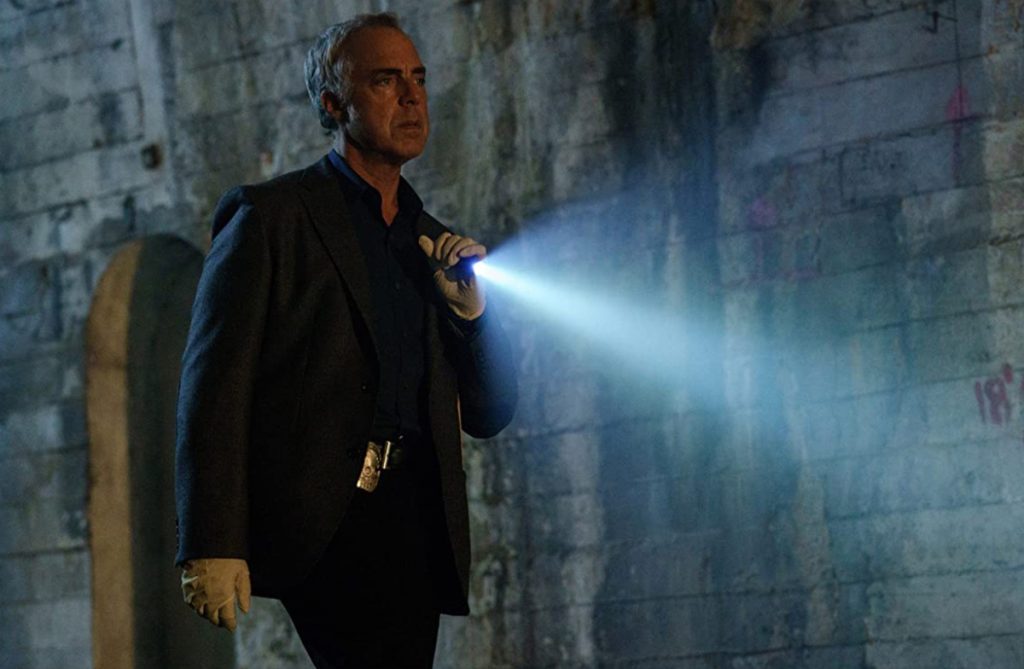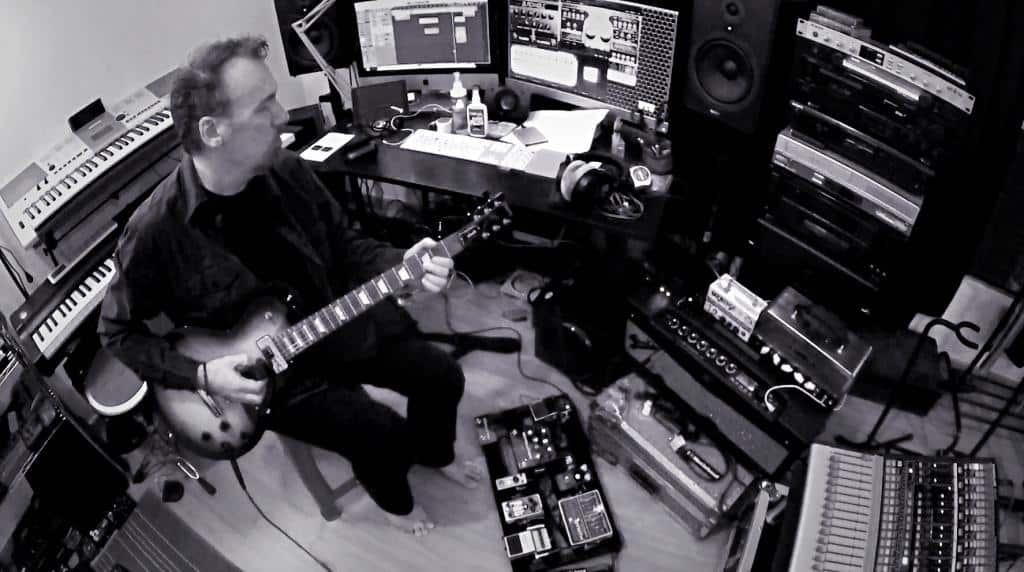by Jeff Turboff
How many times have you finished your sequence, eager to make that output for the director to watch or to export a Quicktime for all your YouTube fans to check out, but then, you have to wait for what seems like forever as you render all of your dissolves and other effects? If your editing style is anything like mine, while you may have layered video effects and graphical builds, virtually all your ~dissolves~ are on the audio tracks. If they’re not, I’d suggest you work on your editing style… There’s a saying, if you can’t solve it, dissolve it – meaning, more or less, you dissolved because you couldn’t find the right place to make the cut. And if you don’t have a lot of dissolves on your audio tracks, I’d suggest you pay a little more attention to your sound mix… Your audience can hear a bad sound edit almost as easily as they can see a jump cut. But I digress. What I’m really trying to get to is this: here’s a tip for reducing your render time, cleaning up your timeline, getting a better sound mix, and avoiding the possibility of accidentally deleting your hard-fought audio smoothing.
Your video render time is unavoidable unless you just option to have a sequence with no video effects, slowdowns, speedups, white flashes, color washes and what-not. But virtually nobody tells a story this way anymore. So you’re going to have render time on the video side of your timeline. Fine. What I’m here to do is to tell you how to improve your mix and eliminate the render time on the audio side of your timeline. The answer is contained in a concept called rubberbanding. It’s available on both Avid and Final Cut. Many of you probably already use rubberbanding to ride audio levels to get you to a decent mix, but what you may not realize is that same rubberbanding can get rid of, entirely, the need for audio dissolves. This way, you can’t, and more importantly, your director, who maybe thinks he’s your co-editor can’t, accidentally delete all those carefully smoothed audio dissolves. Or at least he’s less likely to.
If you don’t already use rubberbanding, it’s no big deal really. You really should learn it. It’s a very powerful tool. Here’s how it works. You find the option that turns it on. Now you see a horizontal line, at zero. You add a keyframe or two or as many as you need. You lift the parts of the sound that are low, you lower the parts of the sound that are high. You hold the Option or Alt key to slide that keyframe left or right. That’s it. Major flexibility in improving even well-recorded sound, not to mention the ability often times, along with EQ’ing and audio filtering, to make bad sound at least somewhat acceptable.
Anyway, here’s the trick for reducing your render time. Let’s say you have a fifteen frame sound dissolve starting at cut. First, delete the dissolve effect. Then extend the outgoing sound by fifteen frames. Add a keyframe at the last frame of the outgoing sound, and another at fifteen frames prior to the last frame, i.e., your old outpoint. Now lower that last keyframe’s volume as far down as you can. Voila! A sound dissolve without the need to render an effect. But wait. There’s more. Lots more. You now have a world of flexibility in terms of how that sound dissolves out and the other dissolves in. By using a combination of extending the length of the clips, outgoing and incoming, moving the keyframe left or right, and keyframing the volume up or down at any point during the transition, you can fully control how the sound transitions from one to the next.
I guarantee if you try this, you will find this kind of flexibility to be amazingly powerful, not to mention it gives you the added benefit of not having to render. So try it, then, send me praises, or copies of your latest masterpiece!
Jeff is a freelance editor, with credits on many major networks and experience in subjects including war, sports, fashion, true crime, food, nature, medicine, music, and reality. Currently with ABC’s Nightline, Jeff is also active in narrative fiction, having edited the indie comedy short “Get the Script to Woody Allen,” the courtroom drama, feature-length film, “The Pack,” starring Lucie Arnaz, and has directed, shot and edited about twenty short films.





